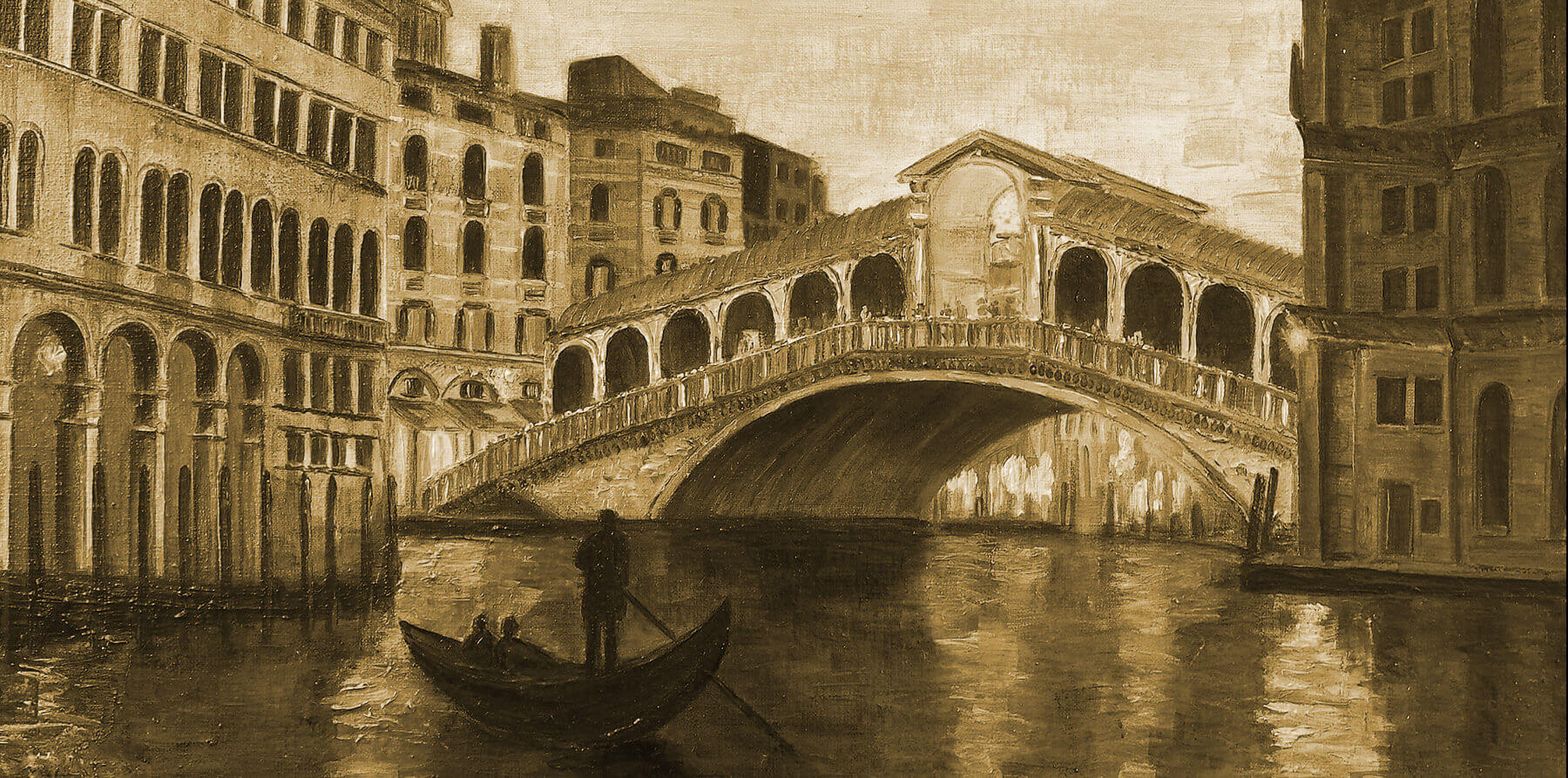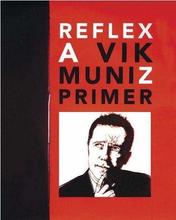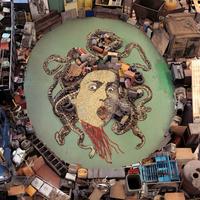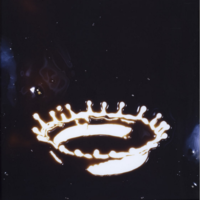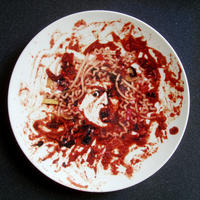More about Vik Muniz
- All
- Info
- Shop

Contributor
Vik Muniz grew up in Sao Paolo, Brazil with next to nothing.
His family was poor, and his dyslexia made reading and writing difficult. But trouble with academics nudged him towards visual expression, and as a teenager his drawings scored him an art school scholarship. At 18, still practically a kid, he charmed his way into an advertising job where he flourished as a billboard designer. But, since advertising is where art goes to die, he wasn’t long for that career.
The American chapter of Muniz’s life basically starts off like a movie premise. One evening in the early ‘80s, while out for an evening stroll, Muniz happened upon a street fight and attempted to break it up. In the scramble, the assailant shot Muniz in the leg. As luck would have it, the shooter was loaded (heh), or at least wealthy enough to pay Muniz off to keep him from talking to the cops. It was a life-changing payout that enabled Muniz to leave Sao Paolo for the East Village and realize his dream of becoming an artist. So Muniz came up in the booming art world of 1980s New York. Weirdly, it was Jeff Koons’s vacuum cleaners that “spoke to him,” and convinced him that there was a place for his own work in the art market. Go figure.
As for Muniz’s work, it can get messy, to say the least. His images of familiar subjects are made with unwieldy substances like Bosco syrup, PB&J, dirt, sugar, and trash. Though he works in 3D media, it’s really the photographs of the work that he considers the finished product. “Why would someone go to the trouble of creating an enormous dried flower mural on the floor of a French cathedral just for a measly photograph?” you might ask. And Muniz would respond that, “ultimately, the photographs captured more of what the objects were as they first appeared in my mind, as an idea.” Plus, they’re much less expensive to ship.
Social activism has become an important part of Muniz’s work. For his “Pictures of Garbage” series (which are pictures made of guess what), he collaborated with Brazilian catadores, or trash pickers, who earn a living by scavenging recyclables from urban dumps. The catadores participated in Muniz’s documentary, "Waste Land," which spoke to people all over the world about creativity and Brazilian social class, and generated funds to support the catador community.
“My mother came to one of my shows,” Muniz said, “and first time she stepped in a museum was to see one of my exhibitions, so I make work for her. If she won't like it, I don't think it's good.” I’d say Muniz sounds like a pretty down-to-earth guy. If it’s good enough for Mom, it should be good enough for MoMA.
Sources
- Carol Kino, “Where Art Meets Trash and Transforms Life,” The New York Times, October 21, 2010, accessed February 12, 2017, http://www.nytimes.com/2010/10/24/arts/design/24muniz.html
- “Lecture 3-2.2 Interview with Vik Muniz,” Coursera, accessed February 12, 2017, https://www.coursera.org/learn/photography/lecture/bzRqe/2-2-interview-…
- Nicola Scevola, “Vik Muniz,” Vogue Italia, April 12, 2012, accessed February 12, 2017, http://www.vogue.it/en/news/vogue-arts/2012/04/12/vik-muniz/
- Vik Muniz and Charles Ashley Stainback: A Dialogue. Verona: Arena Editions, 1998.
Featured Content
Here is what Wikipedia says about Vik Muniz
Vik Muniz (
Portuguese pronunciation: [ˈvik muˈnis]; born 1961) is a Brazilian artist and photographer. His work has been met with both commercial success and critical acclaim, and has been exhibited worldwide. In 1998, he participated in the 24th International Biennale in São Paulo, and in 2001, he represented Brazil at the 49th Biennale in Venice, Italy.
Check out the full Wikipedia article about Vik Muniz
